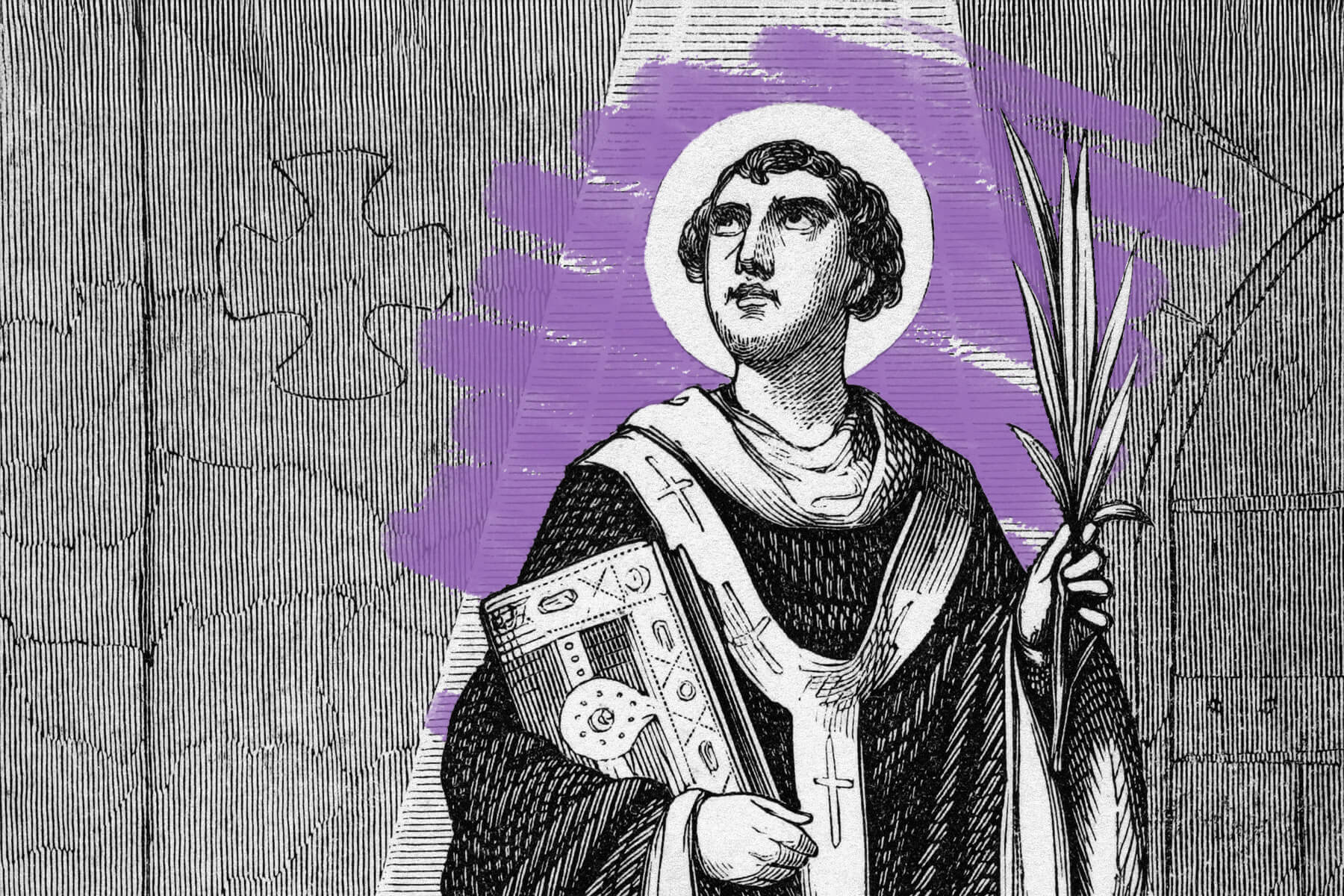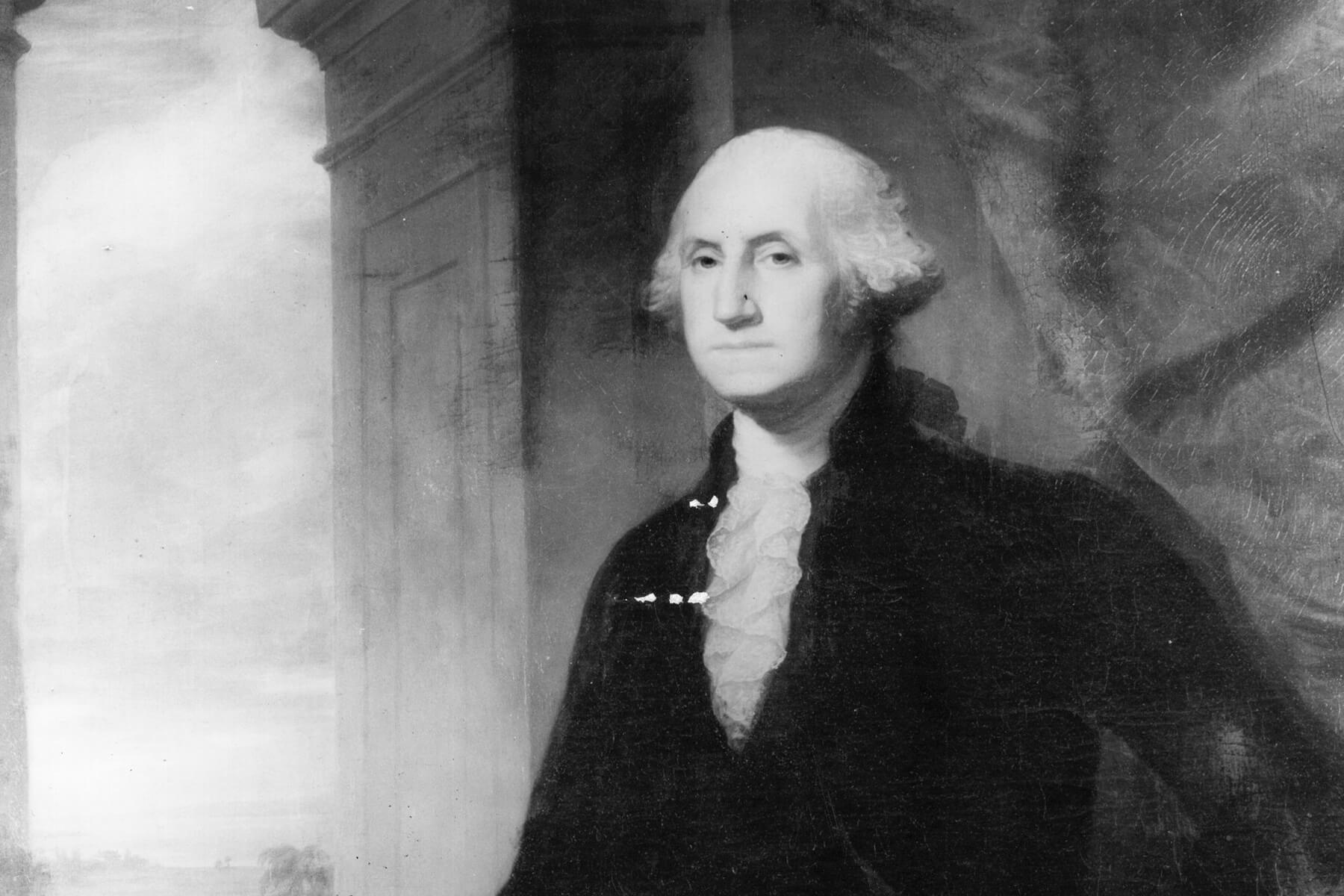Who is St. Valentine?
Thursday, February 13, 2025
Today, Valentine's Day is perhaps the most secular holiday named for a Catholic saint. |
| |
| |
|
 |
|
| T oday, Valentine's Day is perhaps the most secular holiday named for a Catholic saint. What started as a commemoration of a third-century religious martyr is now a commercialized tradition of romance and candy. But even digging back into the holiday's past, it's unclear exactly which St. Valentine was the cause for celebration in the first place. There were up to three saints named Valentine who were active in the third century CE: Religious scholars have found documentation of a man in Africa, a Roman priest, and the bishop of Terni in Umbria, Italy. |
|
|
| There's very limited information on the African St. Valentine, and the other two have enough parallels in their mythology that they might actually have been the same person — either that, or their legends borrow heavily from one another. Both were beheaded in Rome on February 14 in either 269 CE or 270 CE on the orders of Emperor Claudius II Gothicus, and were buried on the same road. And both supposedly healed a child of their jailer from blindness, inspiring an entire household to convert to Christianity. |
|
| The Italian St. Valentines also were rumored to perform secret weddings, although that element of the tale was probably added later, since the day wasn't originally associated with romance. While St. Valentine is still recognized by the Catholic Church, his feast day was removed from the General Roman Calendar, the liturgical calendar of the Catholic Church, in 1969. According to that calendar, February 14 currently commemorates St. Cyril and St. Methodius, Byzantine brothers known for preaching in Central Europe in the ninth century CE. |
|
 |  |
|
|
 |
|
| |
|
| Saints recognized by the Catholic Church | | | 10,000+ |
| | | Valentine's Day spending in the U.S. in 2024 | | | $25.8 billion |
| | | Valentine's Day spending in the U.S. in 2024 | | | $25.8 billion |
|
|
|
| Population of Italy's Terni province in 2000 | | | 222,859 |
| | | Percentage of Italians who identify as Catholic | | | 78% |
| | | Percentage of Italians who identify as Catholic | | | 78% |
|
|
|
 |
|
 | | Did you know? |
|
|
Modern Valentine's Day comes from a poem about birds. |
|
| So if St. Valentine wasn't a particularly romantic figure, why is Valentine's Day so lovey-dovey? For that, you can thank 14th-century writer Geoffrey Chaucer, author of The Canterbury Tales. His poem "The Parlement of Foules," written to celebrate the engagement of King Richard II and Anne of Bohemia in 1382, described birds choosing their mates on St. Valentine's Day in a satire of courtly love. Soon, members of the nobility used the bird-mating season as an excuse to write love notes, and the tradition evolved into the major shopping holiday we see today. |
|


posted by June Lesley at 4:04 AM










![]()
![]()











0 Comments:
Post a Comment
<< Home